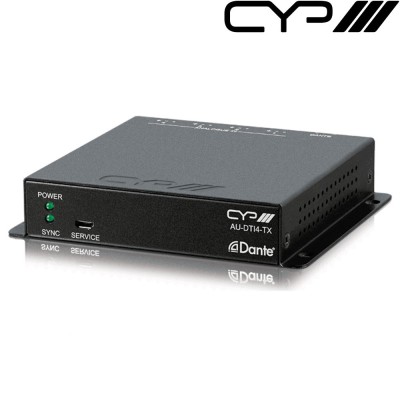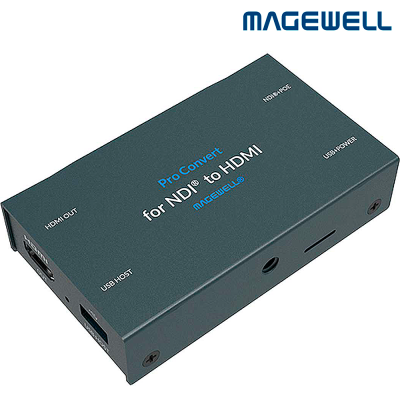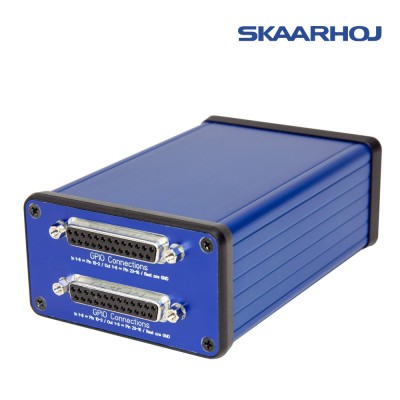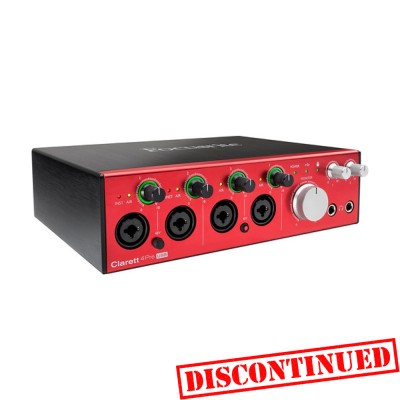CYP AU-DTI4-TX - 4 Input Analog to Dante Audio Converter
CYP-AU-DTI4-TX
The CYP AU-DTI4-TX is a 4-channel analogue-to-Dante audio converter, allowing audio to be extended and routed over standard Ethernet networks. It replaces analogue audio cables with Cat.5e or Cat.6 cables, maintaining high quality uncompressed digital audio with minimal latency (around 1ms). It has four analogue mono audio inputs, a Dante output port, and can supply phantom power. Powered by PoE, basic configuration is via USB and network management is handled by third-party software.

€355.00
Tax excluded
429,55 €
Con IVA

The CYP AU-DTI4-TX is a 4-channel analogue-to-Dante audio transmitter designed to integrate and route audio over standard Ethernet networks using Dante technology. This simplifies the management of large audio systems, eliminating the need for heavy and expensive multi-core analogue cables and replacing them with low-cost, easy-to-manage Cat.5e or Cat.6 cables, while maintaining the high quality of uncompressed digital audio.
Packet-based Ethernet data transmission eliminates traditional problems such as analogue signal interference, crosstalk or signal attenuation, ensuring minimal latency (approximately 1 ms). The AU-DTI4-TX features four analogue mono audio inputs and a Dante output port capable of transmitting up to 4 channels of digital audio, compatible with any standard Dante audio receiver.
Each audio input can supply phantom power (5V or 48V) for devices such as microphones, and features pre-gain level adjustment. Powered by PoE (Power over Ethernet), it offers installation flexibility. Basic configuration of the device is via serial connection over USB, while network configuration and routing management is handled by third-party control software available for Windows and macOS.
The AU-DTI4-TX from CYP includes standard CAT Dante output, 4 configurable mono audio inputs, adjustable pre-gain for all inputs, optional phantom power (off, 5V, 48V) for all inputs, channel mutes, high quality ADC functionality with very low latency, and compatibility with any Dante audio network. It is powered directly by PoE (802.3af) provided by the network switch or router connected to the Dante port, with configuration via USB and simple network audio routing via third-party control software.












